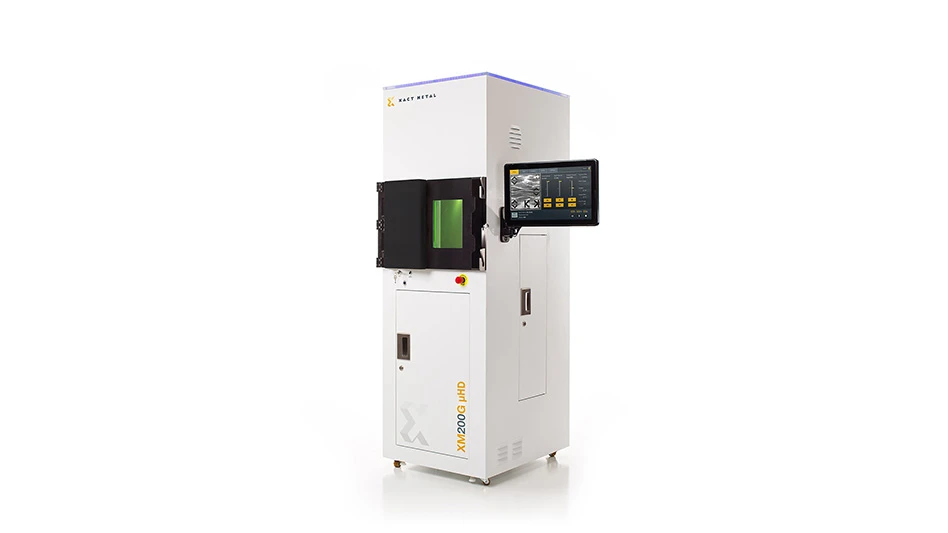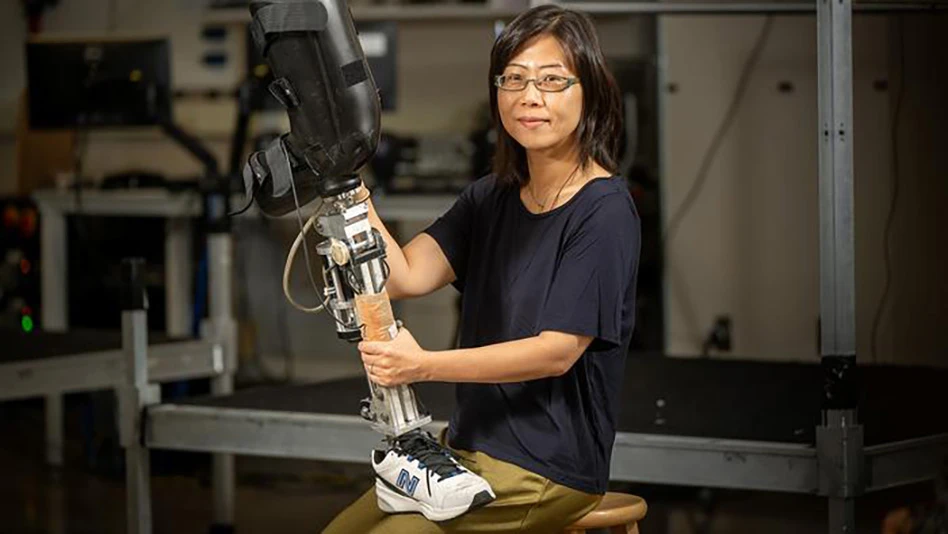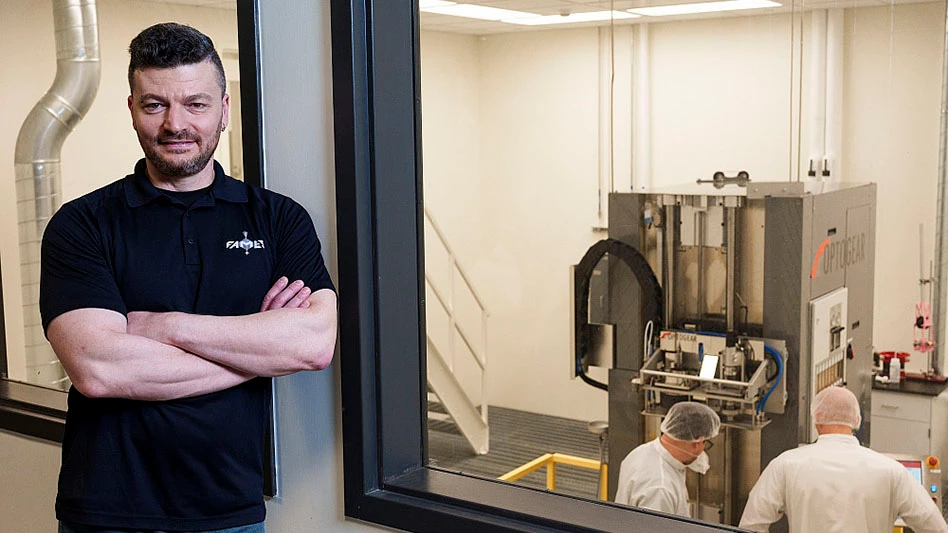The Food and Drug Administration (FDA) has cleared Siemens Healthcare’s Artis Q and Artis Q.zen angiography system families, which feature revolutionary new X-ray tube and detector technology designed to improve minimally invasive therapy of diseases such as coronary artery disease (CAD), stroke, and cancer. The new X-ray tube in both the Artis Q and Artis Q.zen can help physicians identify small vessels up to 70% better than conventional X-ray tube technology. The Artis Q.zen combines this X-ray source with a new detector technology that supports interventional imaging in ultra-low-dose ranges to patients, doc-tors, and medical staff – particularly during longer interventions. With the Artis Q and Artis Q.zen system families, Siemens Healthcare again demonstrates its innovative strength and market competitiveness – key components of its Agenda 2013 two-year global Sector initiative.
In lieu of the coiled filaments found in conventional X-ray tubes, Siemens exclusively uses second-generation flat emitter technology in the new X-ray tube of the Artis Q and Artis Q.zen product lines. These flat emitters enable smaller quadratic focal spots that lead to improved visibility of small vessels by as much as 70% and a high level of detailed imaging information.
The Artis Q.zen system family combines the new X-ray tube with a new detector technology that enables detection at ultra-low radiation levels. Artis Q.zen imaging can utilize doses as low as half the standard levels applied in angiography. This improvement is the result of several innovations, including a fundamental change in detector design from amorphous silicon to a more homogenous crystalline silicon structure. This structure allows for more effective signal amplification, greatly reducing electronic noise even at ultra-low radiation doses.
Siemens developed the Artis Q.zen system family to support better imaging quality at ultra-low-dose ranges, reducing radiation exposure for patients, physicians, and medical staff, which is particularly important in dose-sensitive application fields such as pediatric cardiology and radiology, or electrophysiology.
In addition to these hardware innovations, the Artis Q and Artis Q.zen system families possess software applications designed to improve interventional imaging. In the treatment of CAD, the new integrated IVUS (intravascular ultrasound) map application automatically and precisely co-registers IVUS images and angiography images, adding detailed IVUS data such as vessel, lumen, and wall structure. Additionally, CLEARstent Live allows the cardiologist to image stents with motion stabilization in real time by freezing motion in the region defined by the balloon markers.
Other new 3D applications are designed to image the smallest structures inside the head. Their high spatial resolution is crucial for imaging intracranial stents or other miniscule structures such as the cochlea of the inner ear. Moving organs such as the lungs can be imaged in 3D in less than three seconds, reducing motion artifacts and the required amount of contrast agent. Through visualization and measurement of blood volumes in the liver or other organs, Siemens’ functional 3D imaging provides a basis for planning therapies such as chemo-embolization and hepatic tumors.
Latest from Today's Medical Developments
- GrindingHub Americas launches in 2027 in Cincinnati, Ohio
- Methods Machine Tools now offers the Nakamura-Tome NT-Flex
- Battelle awards $900,000 in STEM education grants to Ohio schools
- #55 Lunch + Learn Podcast with KINEXON
- Starrett and Gerstner offer limited edition, American made 1950s replica wooden machinist tool chests
- EMCO’s UNIVERSALTURN 50: The new benchmark in universal turning
- Archetype's Expertise for Equity accelerates early-stage innovation
- Stratasys expands its AM solutions with Tritone's cutting-edge technology





